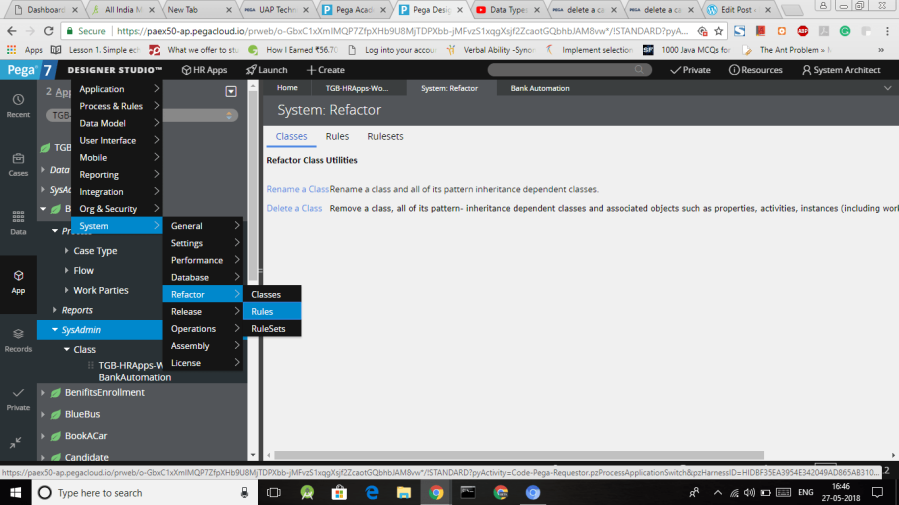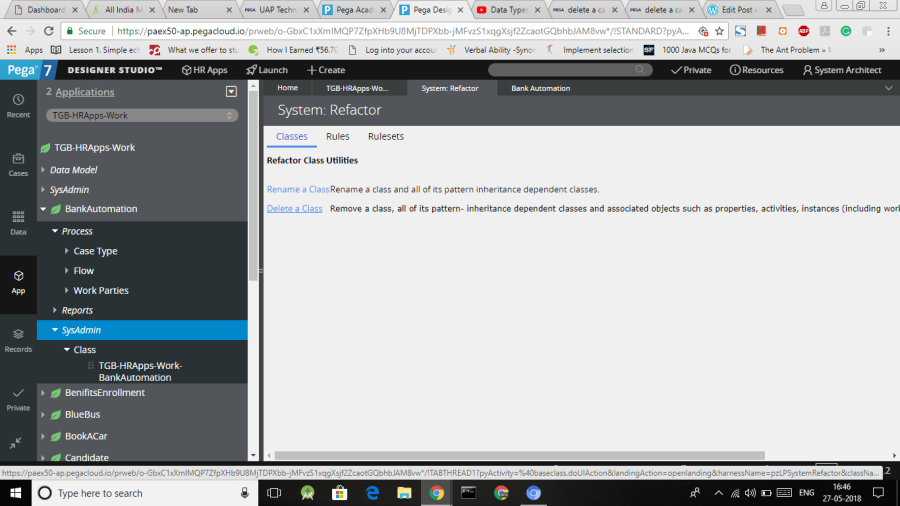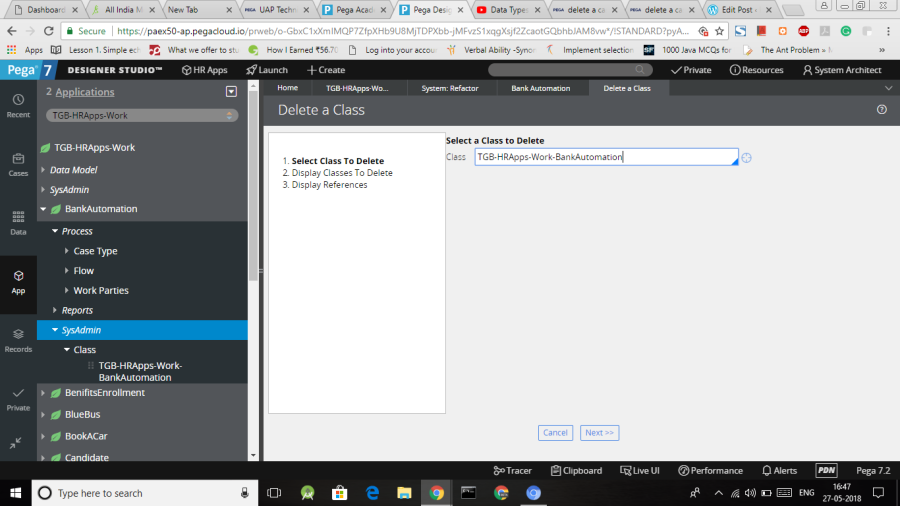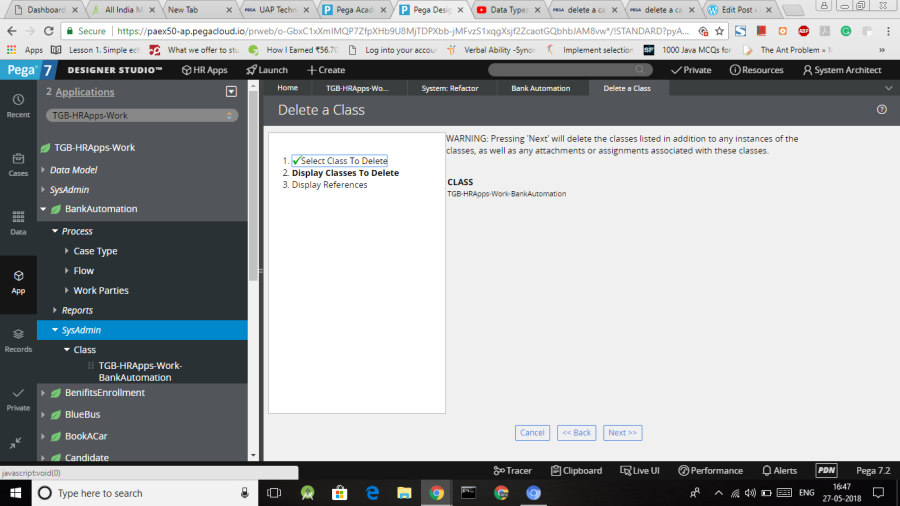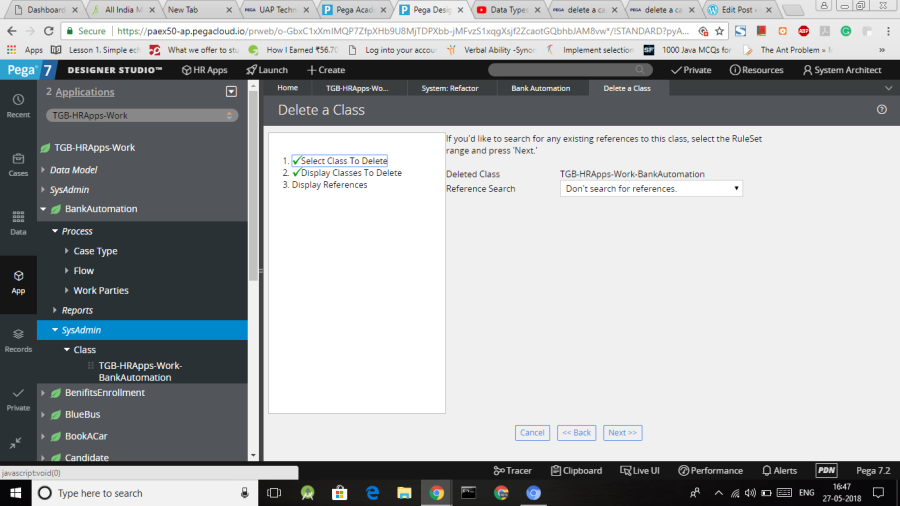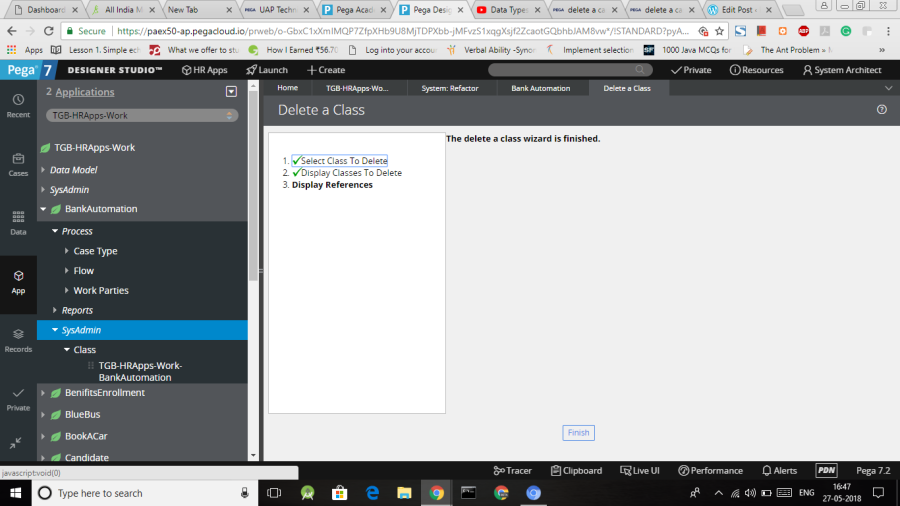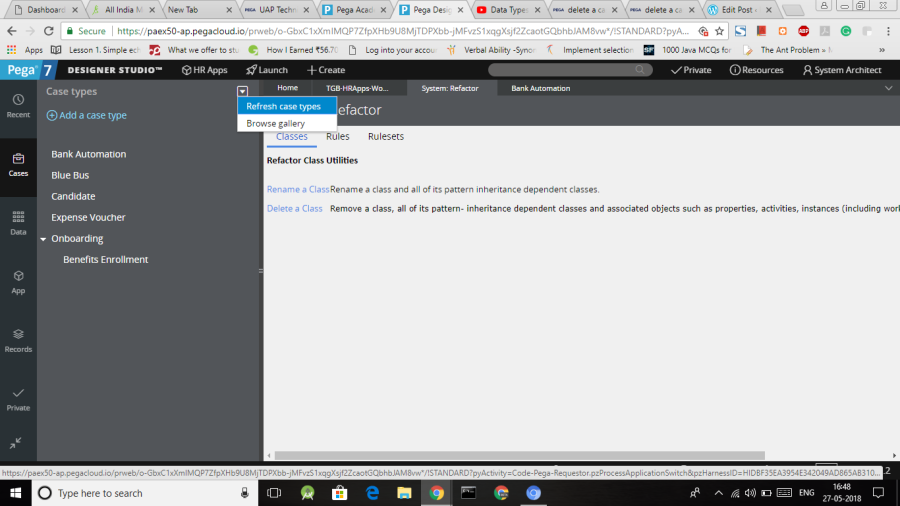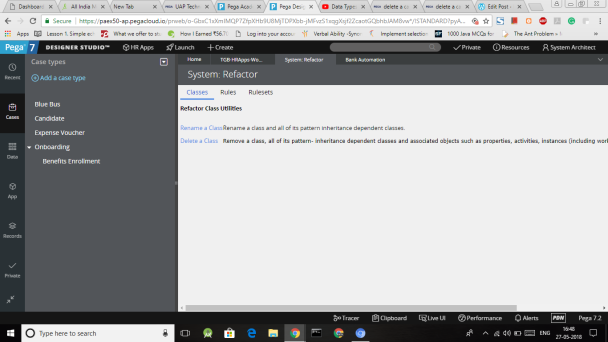Optimize the customer experience with Cognizant and BPM software from Pegasystems
Pegasystems Inc. (Pega), the leader in Business Process Management (BPM) software, delivers smart ways to help organization transform the way they do business. Pega’s software for customer centricity empowers customers to share their expectations and preferences. Meanwhile, business people can capture their goals and objectives, directly into the system. The company’s solutions are dynamically responsive and context aware, enabling real-time personalization for companies across all channels.
Pega improves operational efficiency and cuts costs through intelligent process automation. Since 1983, Pega has been a pioneer in bringing business rules into BPM technology and is now widely recognized as a leader in the industry. The company’s patented rules technology help companies to aggregate their diverse business practices and lets business managers rapidly implement change across the enterprise and over the Web.
Blue-chip companies in financial services, healthcare, insurance, communications and many other industries, turn to Pega to streamline business processes, to quickly and easily adapt to changing market conditions and to realize significant ROI.
Pega also revolutionizes how leading organizations optimize customer experience and automate operations. The patented Build for Change technology empowers business people to create and evolve their critical business systems. It also empowers IT with a future-proof platform that eliminates manual coding. Global 500 clients report that Pega gives them the fastest time to value, with rapid deployment, efficient re-use and global scale.
Transforming business needs into leading technology solutions
WORKING WITH COGNIZANT
Cognizant and Pegasystems began working on join projects in 1999 and formalized a strategic alliance in 2003. Since then, both companies—and our mutual customers—have reaped man y benefits from the strong relationship and co-development initiatives.
As a Pega platinum alliance partner, Cognizant has a deep Pega practice—both in the number of consultants as well as in the experience and expertise of implementing Pega technology. Specifically, Cognizant BPM and CRM solutions leverage our consultants’ deep expertise and experience on the Pega platform to transform business processes and enable operational efficiencies that unify the customer experience.
Our strong Pega practice
Over the years, Cognizant has invested heavily in its Pega practice, including standard Pega training and enablement as well as advanced instruction in best practices and methodology. In addition, we fully embrace Pega’s Directly Captured Objectives (DCO)—an approach leveraged in Pega’s own solution development to optimize ROI for the client. Cognizant has appointed a DCO enablement point of contact to evangelize the approach within Cognizant as well as to customers. We also have established a Zero-to-LSA (Lead Systems Architect) program that transforms experienced, but non-Pega consultants, into highly proficient Pega experts within just 12 to 18 months.
Finally, Cognizant’s global delivery model supports customers using the Pega platform regardless of geographic location. This extended reach and flexibility, coupled with a strong commitment to Pega training and software, results in collaborative solutions that optimizes return on investment for our customers.




